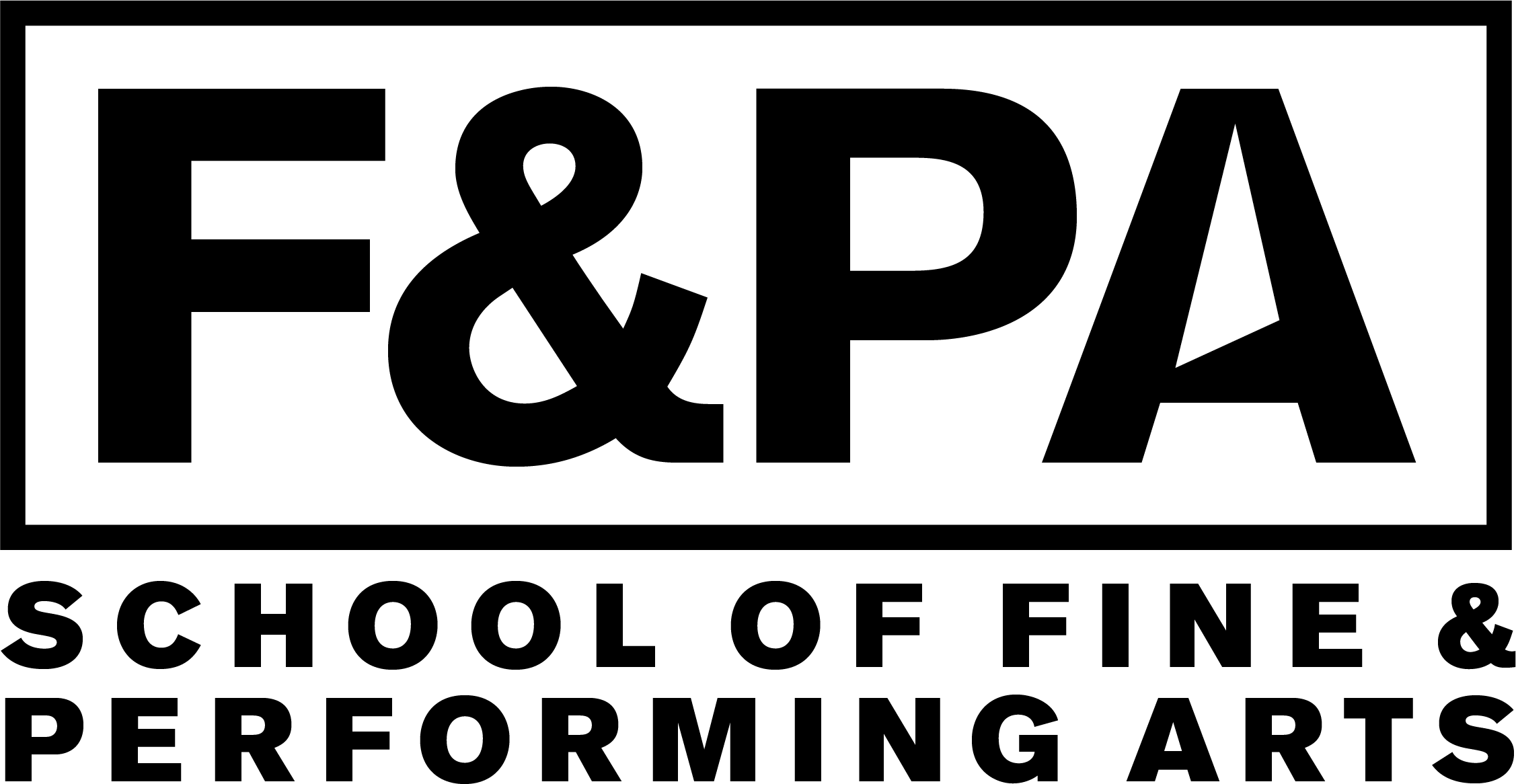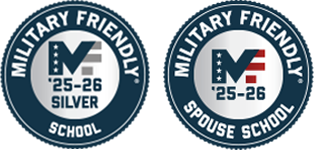Foundation Year Mission
 The Foundation Year is an entire experience. It is more than a series of classes. Students are challenged to ask critical questions in art, craft, and design and interrogate their roles as thinkers, makers, and participants in visual culture. Assumptions are challenged, risk taking is encouraged, new concepts explored, techniques developed, traditional and digital studio methods and media are explored.
The Foundation Year is an entire experience. It is more than a series of classes. Students are challenged to ask critical questions in art, craft, and design and interrogate their roles as thinkers, makers, and participants in visual culture. Assumptions are challenged, risk taking is encouraged, new concepts explored, techniques developed, traditional and digital studio methods and media are explored.
Foundation emphasizes community and collaboration through program-wide activities and events. The Foundation Year experience prepares first-year students for creative and critical participation in their lives and provides a basis for continued study in all areas of art and design.
Foundation Year Objectives
The Foundation Year objectives encompass the skills and habits of thinking, seeing, and making that prepare a first-year student for continued study beyond the Foundation year.
Art/Design History, Theory, and Critical Thinking
Students will:
- Learn to engage in discourse, analyze works of art and design perceptively, and evaluate them critically -- both written and orally.
- Develop an understanding of the common principles, elements, and vocabulary of art and design, their interaction, and be able to use this knowledge in analysis.
- Synthesize critical reading in context with both individual work and class dialogue.
- Acquire the ability to place works of art and design in historical, cultural, political, and interdisciplinary contexts.
- Gain awareness of the social responsibilities of the artist and the designer.
Studio Methodology
Students will:
- Achieve competence in principles of visual organization, including the ability to work with visual elements in two- and three-dimensions, time-based media, and emerging technologies.
- Learn methods of generating ideas and subject matter through expansive research.
- Understand the importance of developing standards of craft and material appreciation.
- Become familiar with the historical achievements, contemporary issues, processes, and directions in a variety of disciplines in art and design.
- Be afforded opportunities to exhibit their work and to experience and participate in critiques and discussions of their work and the work of others.
- Present work that demonstrates openness to varied methods of production, conceptual development and awareness, and expansion of technical facility in specific areas of interest in art and design.
General Education (GE) Course Objectives
Students will:
- Demonstrate understanding of at least one principal form of artistic expression in each of the five courses and the creative process inherent therein.
- Evaluate creative production in aesthetic, conceptual, or cultural terms.
- Apply critical and expressive processes that integrate intellectual and affective learning.
- Discuss artistic products or performances using the professional concepts of the discipline.
Foundation Year Learning Objectives
Throughout all of the five Foundation courses, students learn history, theory, and engage in critical thinking in a variety of ways. Students learn to engage in discourse, analyze works of art and design perceptively, and evaluate them critically — both written and orally. While gaining awareness of the social responsibility of artists and designers, students develop an understanding of the common principles, elements, and vocabulary of art and design and their interaction and are able to use this knowledge in analysis. Students synthesize critical reading in context with both individual work and class dialogue, and they acquire the ability to place works of art and design in historical, cultural, political, and interdisciplinary contexts.
Along with the history, theory, and critical thinking, students engage in a wide range of hands-on studio practices and methodologies. Students achieve competence in principles of visual organization, including the ability to work with visual elements in two- and three-dimensions, time-based media, and emerging technologies. They learn methods of generating ideas and subject matter through expansive research and understand the importance of developing standards of craft and material appreciation.
They create work that demonstrates openness to varied methods of production, conceptual development, and the expansion of technical facility in specific areas of interest in art and design. Students become familiar with the historical achievements, contemporary issues, processes, and directions in a variety of disciplines in art and design. They are also given a variety of opportunities to exhibit their work and to experience and participate in critiques and discussions of their work and the work of others.
Please refer to the page for Learning Objectives for each Foundation course.

